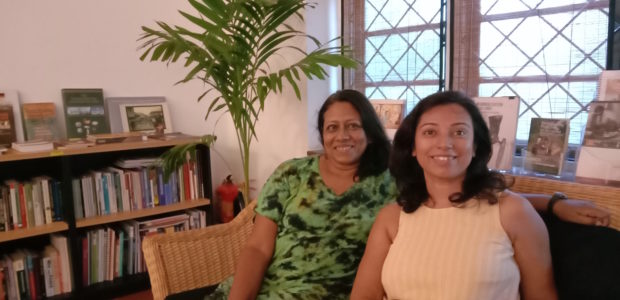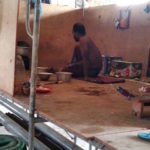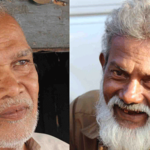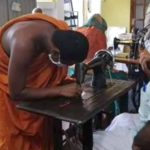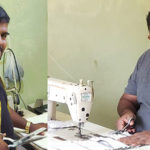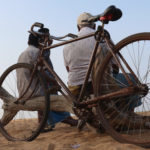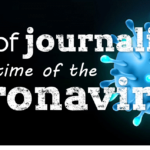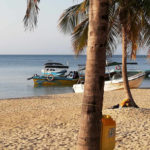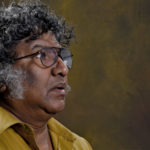The Archive of Memory
Sri Lanka After Independence
A review of ‘The Archive of Memory’ featuring 70 stories from Sri Lanka’s post-independence era
We are used to reading stories from history that are structured by the powers that be, but the book titled ‘Archive of Memory‘ makes us look back through real experiences. Defining narratives up to 2018, the book chronicles 70 years of post-independence and prosperity in the country. Sri Lanka has already enriched its history with linguistic literature, which is as diverse as culture, religion and language. However, it is our custom to spurn history present in other language journals and to read our own history in our own language. It is in this context that the importance of the ‘Archive of Memory’ is presented.
The introductory note to this book states that “…it is undeniable that Sri Lanka’s post-independence trajectory has been both turbulent and bloody. Communal riots, youth insurrections, natural disasters and protracted civil war has cast a long, brooding shadow across recent decades.” It is imperative to reflect on our past. As a nation, we all embrace the positive progress we have made. When it comes to less positive narratives, let us question how and why, and learn from them.
The ‘Archive of Memory’ is a collection of 70 stories, showcasing insightful and unique perspectives over the past 70 years from 1948 to 2018. They remind us of important moments from our post-independence history. Each story reflects a year as mentioned by Malathi de Alwis and Hassini Haputhanthri, who compiled and edited the book. “The stories we share here are from seven-decades. However, we have observed that many of them revolve around the events of the 1980s and 2000s. It does not provide insight into major events that took place in a particular year or a decade,” they said.
The storytellers of this ‘Archive of Memory’ are Sinhala, Tamil, Moor, Malay, Bora and Burgher people in the country. These stories reveal people, events and cultures that represented all parts of Sri Lanka. The salient feature of this is that the multi-ethnic Sri Lankan people are involved in every incident that builds the history of Sri Lanka. All have their share in the building and also the destruction of the post-independence Sri Lanka period. All ethnic groups have contributed to the progress and downfall of the country. These stories are presented through their own experience of reality.
The storytellers retrieve their memories based on an object related to themselves. The objects they had chosen are also interesting. 70 objects: bangles, a grinder made of stone, pot, paper scrolls and ‘vasambu’ a medicinal herb. Some of these have become obsolete in the passage of time. So the storytellers have retrieved some of the cultural objects of their own along the way. They recall their memories by these means. Through these stories we come to know a side of Sri Lankan history which we hitherto remained unknown and unseen.
For example when Dakshini M. Fernando talks about a ‘silver bracelet’ in her story, she tells us about Sri Lanka’s Independence in 1948 which was celebrated over four days. She took part in a play when she was 20 years old as part of the festivities. The ‘silver bracelet’ she wore was a gift from her mother. Referring to the events there, she tells that the ‘History of Sri Lanka and events of different periods were divided into 14 stages and played out as musical drama. ‘Ravana and Seetha‘, ‘An Introduction to Buddhism‘, ‘A Just Elara’, and ‘The Portuguese Invasion’, were some of the themes. These productions were created by renowned artists such as Seabet Diaz, Uncle Soorya and Arthur Lankenberg, she says. Presenting historical information with real names and events makes us look back at our old Sri Lanka. Through that we realize that the people of Sri Lanka were living without ethnic, religious and racial biases and were taking part in events together. A look back at this history awakens us to the many realities of multicultural life and coexistence at the time and reminds us of the possibility of harmony in the future.
Vijayalakshmi Jeganathan’s story ‘The Billing Tree’, brings the 1983 Black July riots to life. She recalls how she and her family were safeguarded by a Burger family and how she preserved and nurtured the ‘Billing Tree’ that the old loving lady in that house gifted her. Vijayalakshmi is 85 years old now and still runs the trails of Sri Lankan history.
Sunethra Bandaranaike explains how the world’s first female Prime Minister achieved her status through the story, ‘Wedding Necklace’. Many of those who live with us today have recalled their memories. All of these storytellers are from different parts of Sri Lanka. There are also migrants. Some people’s real names have been omitted for their protection.
Malathi de Alwis and Hassini Haputhanthri are bastions of plurality who have made great effort to record historical events bringing all the above people together and restoring their memories. Photographer Shani Jayawardena further enriches the book by bringing the many objects in the book to life.
To read the digital version of Archive of Memory, visit : https://issuu.com/historicaldialogue.lk/docs/archive_of_memory_english
